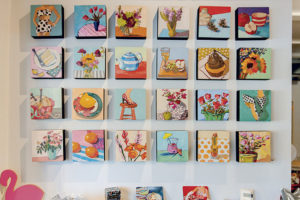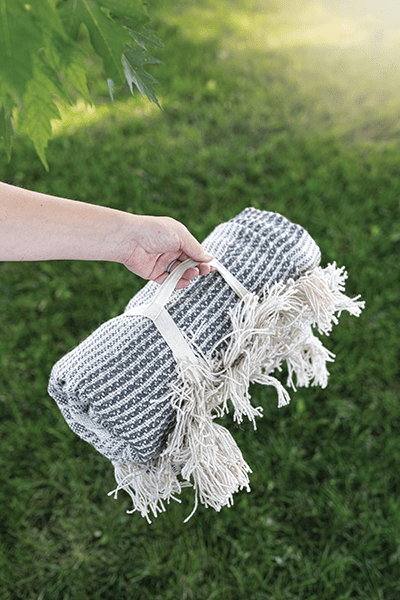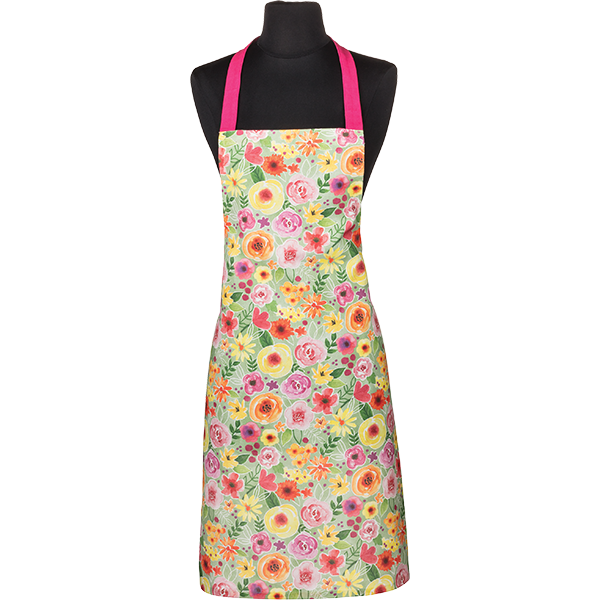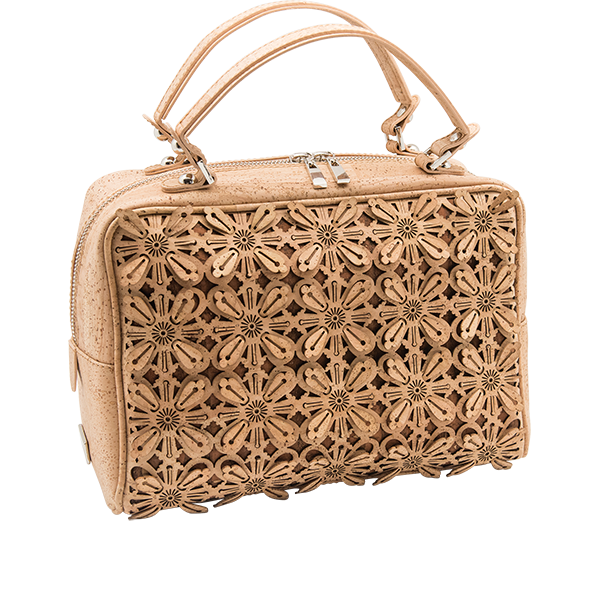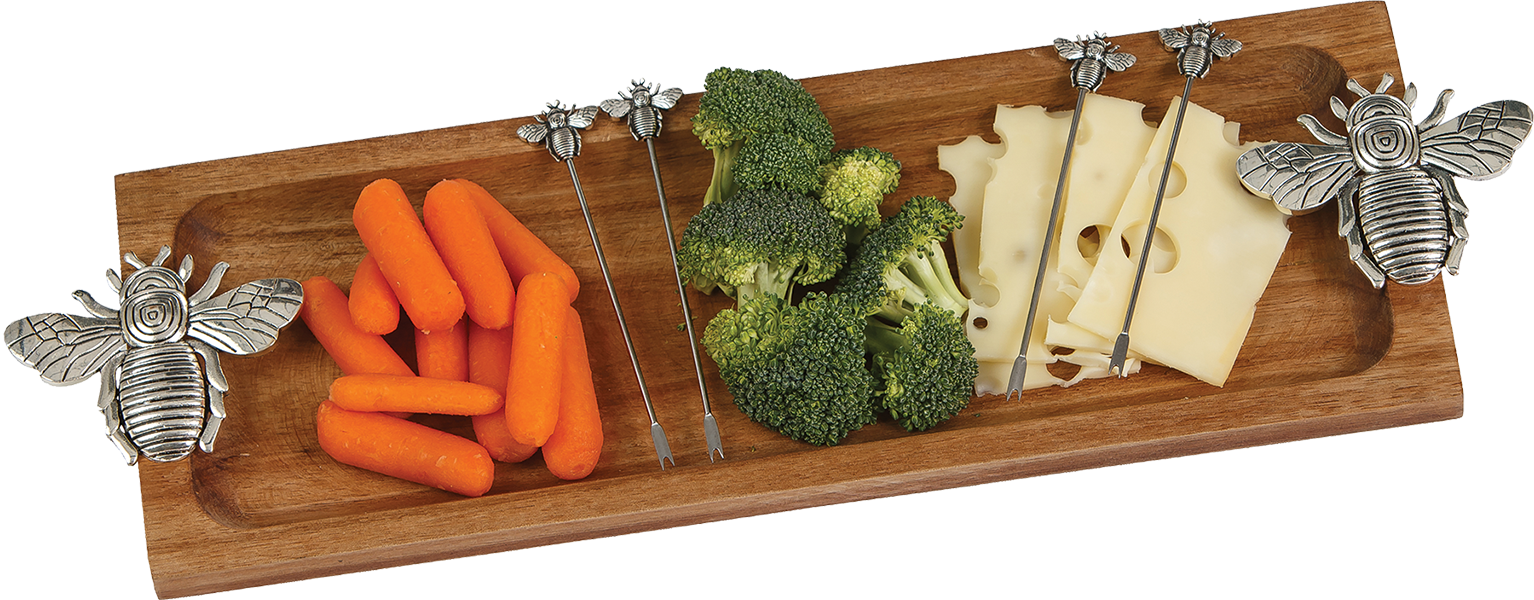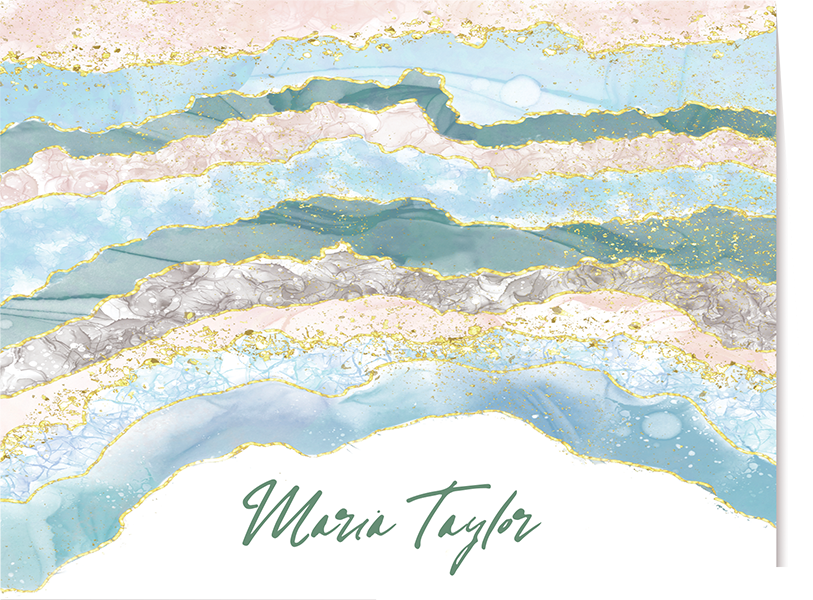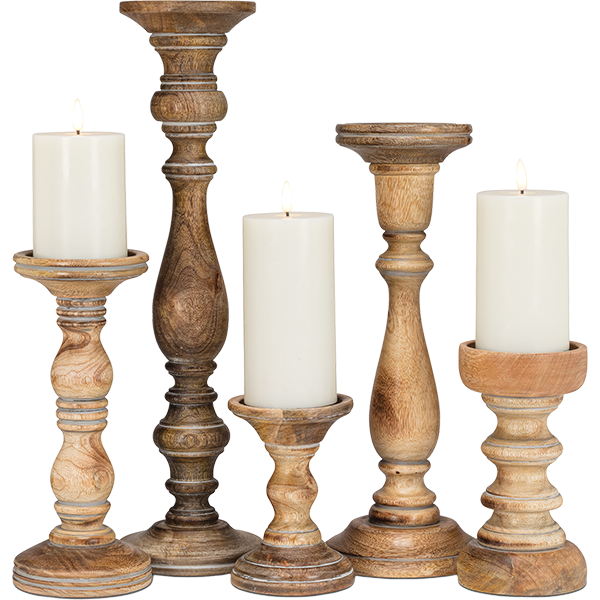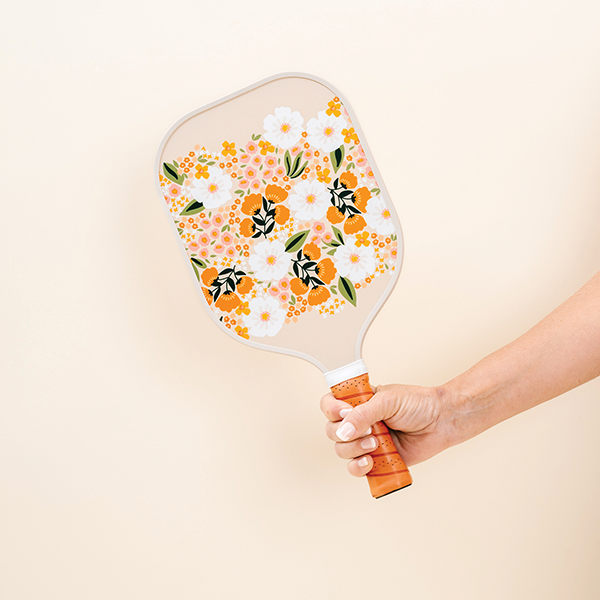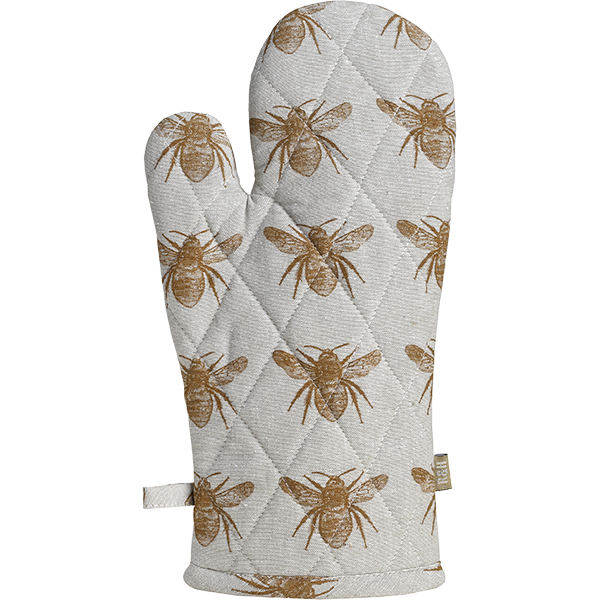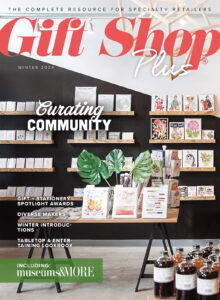Small Space, Big Appeal
Last year I attended MSA Forward in San Diego. During my time there I attended several educational sessions, and one common challenge stood out as I listened to retailers in attendance. Many managers and buyers from several smaller specialty stores asked questions about merchandising and inventory management for stores with a small footprint. With space limitations, retailers definitely have challenges, but small destination stores can work well.
Remember, the old adage: “Great things come in small packages?” Well it’s true. There are several things to consider with a small-spaced store, but the “wow” factor can still be achieved. Overall, there are three factors to consider: layout, inventory and product.
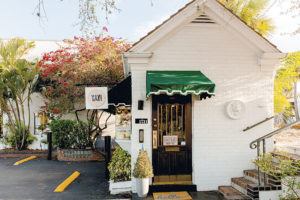
Layout
This is a notable challenge and one that cannot be eliminated even though it can sometimes be modified. Yet, retail space can feel much larger than it really is and provide ample room to merchandise effectively. Ray McKenzie is a retail professional and visitor experience expert. His experience in creating dynamic experiences, business-to-business sales, and developing and implementing customer service plans for a variety of retail and museum settings has led him to train retailers across the country.
In a small footprint, every bit of available space should be used, he explained. “Take advantage of vertical surfaces such as walls and tall shelves. Use the tops to highlight unique/high ticket items or create beautiful displays on the top shelves and mass out stock on lower adjustments may be made accordingly. Sometimes simply moving the checkout area is sufficient to improve the overall flow. Sometimes creating a smaller pay area enables a better flow and more room for merchandise shelves for easy shopping, yet do not try to put in too many fixtures.” he emphasized. “Utilize versatile and moveable fixtures that are layered tightly to create more open walkways.”
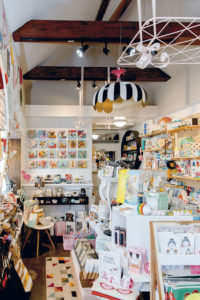
Traffic flow is also important. McKenzie suggested retailers consider where people line up to make purchases, if the store has areas for shoppers to stop and talk on the floor and how customers can navigate around one another inside the store. And once you visualize and note these patterns,
Although space may be tight, McKenzie said it is important to maintain ADA standard spacing between fixtures. “This not only ensures adequate space for those who need it but also keeps fixtures from crowding into each other. Walk the floor with a yardstick or wheelchair to make sure it is wide enough,” he said.
To improve a small footprint, consider revamping the store. Ponder the budget for such an undertaking and if there is money to modify the store calculate the return on investment. If there isn’t much money, use simple, yet effective ways to create change without a huge expense.
“Plan, plan, plan. With limited budgets it is important that the most critical challenges be addressed first,” McKenzie said. He suggested using paint as it “can have a dramatic effect on your store” without a significant cost. “White walls get dingy without you realizing it. A fresh coat of paint can make a big difference,” he said. “Same for fixtures. Keep them clean and repaired. Change the paint color of a fixture to change the entire look of a display.”
McKenzie stressed the use of lighter and brighter colors helps make the space feel brighter and more open, but he cautioned against using too many colors as the space should not appear too “busy.”
McKenzie noted that by keeping the store in good shape, it improves the look of the store and merchandise. “Dingy or aged stores will generally see a decline in sales. People want to buy from a shop that makes them feel like the product is fresh and new,” he emphasized.
When stores have money to modify the physical space, it may be beneficial to work with a consultant. “Sometimes it is essential to get an outside, neutral perspective on the performance of the store. Consultants bring a broader experience of what has worked, or not, at other institutions,” he said.
Inventory Management
Let’s face it, if you don’t have much floor space, the chances are there isn’t much room, if any, to stock inventory. So adopt the attitude of “work with what you got” attitude and utilize these key take-aways McKenzie offered. “The most important thing in running a small store is forethought. Planning is critical to success in any store but especially so in a small store. Every inch of the store must be utilized to its best use,” he said. “Know what your target sales per square footage is and track what displays, fixtures, etc. are performing or not. Be selective in the merchandise you buy for the store … carefully edit out product that doesn’t sell.”
Curated Product Mix
One way to enhance success in a small retail space is to curate an amazing product mix. To buy the right merchandise, you need to know your customer, what price points are the most appealing to shoppers in your store, and what products are your best-sellers. Knowing this information will assist you with developing a buying plan and even help with inventory management. By understanding what you sell the most of and keeping it stocked, you will be rewarded with continuing sales on the items that appeal most to your customers.
Additionally, merchandise displays are important for any brick-and-mortar location, as they draw in customers to interact with product. “Keep displays neat and balanced between one-of-a-kind items and massed out products,” McKenzie shared. Without an appealing display, a well-curated product mix may not perform as well as expected.
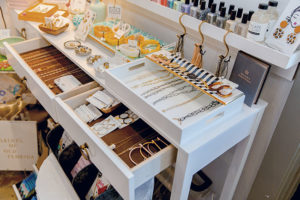
Even space-challenged stores can create a destination your customers can appreciate. A well-planned small space can provide sales, engage customers and provide a positive shopping experience.
If you have a small specialty shop, we’d love to see it! Submit information on your store, and we may share it online, in social media or in print.

